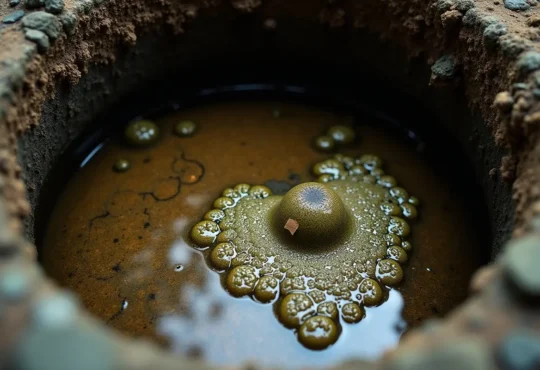
Toilet Not Flushing All the Way
Imagine this: you’ve just finished your business in the bathroom, but upon flushing, the toilet fails to clear its contents entirely, leaving an unsightly and unpleasant mess behind. Toilet not flushing all the way is a common occurrence faced by many homeowners, and it can be both embarrassing and unhygienic.
While it may seem like a daunting task to tackle this plumbing problem, the good news is that in many cases, the causes behind this frustrating situation are relatively straightforward and can be resolved with some basic troubleshooting steps.
Contents
Flushing Mechanism
It’s essential to understand how a toilet’s flushing mechanism works before attempting to fix the issue. When you flush a toilet, the handle initiates a chain reaction that lifts a rubber or plastic component called the flapper, allowing water to rush from the tank into the bowl. This suction clears contents and sends them down the drain.
However, if any part of this intricate system malfunctions or becomes obstructed, it can disrupt the flushing process, leading to a weak or incomplete flush. Let’s examine the most common reasons why your toilet might not be flushing all the way.
Clogged Drains and Pipes
One of the primary reasons for a toilet not flushing properly is a clog in the drain or pipes leading away from the toilet. Over time, various materials can accumulate and create blockages, preventing the free flow of water and waste.
Common culprits include excessive toilet paper, feminine hygiene products, and even small toys or objects that may have been flushed accidentally.
Identifying a Clog
If you suspect a clog, there are a few telltale signs to look out for:
- Water rises in the bowl after flushing, indicating a backup in the drain line.
- Multiple fixtures (sinks, showers, or other toilets) are experiencing drainage issues simultaneously, suggesting a more significant blockage in the main sewer line.
- Gurgling or bubbling sounds emanate from the toilet or nearby drains, indicating air trapped behind a clog.
Clearing a Clog
To clear a clog, your first line of defense should be a trusty plunger. Place the plunger firmly over the toilet’s drain opening and vigorously plunge up and down, creating suction to dislodge the obstruction. If this doesn’t work, you may need to use a closet auger (also known as a toilet snake) to reach deeper into the drain and break up the clog.
However, if the clog persists or seems to be located further down the drain line, it’s advisable to seek professional assistance from a licensed plumber. They have specialized tools and expertise to locate and clear even the most stubborn clogs without causing damage to your plumbing system.
Low Water Level in the Tank
Another common reason for a toilet not flushing all the way is an insufficient water level in the tank. The tank’s water level plays a crucial role in generating the necessary force for a powerful flush. If the water level is too low, the flush will lack the required pressure to clear the bowl effectively.
Checking the Water Level
To check the water level, simply remove the tank lid and observe the water line. Most toilets have a marked line or indicator on the inside of the tank, indicating the ideal water level. If the water level is more than an inch below this mark, it needs to be adjusted.
Adjusting the Water Level
Adjusting the water level is typically a straightforward process that involves adjusting the fill valve, which is responsible for refilling the tank after each flush. The fill valve has a float ball or cup that rises with the water level and shuts off the water supply once the desired level is reached.
Turn the fill valve adjustment screw clockwise to raise the water level, and counterclockwise to lower it. Always follow manufacturer instructions or consult a professional if unsure.
Faulty or Worn-Out Flapper
The flapper, also known as the flush valve seal, is a critical component in the flushing mechanism. It’s responsible for creating a watertight seal between the tank and the bowl, ensuring that water doesn’t continuously leak into the bowl. When you flush, the flapper lifts, allowing water to rush into the bowl, and then reseals once the flush is complete.
Over time, the flapper can become worn, warped, or cracked, leading to leaks and a weak flush. If the flapper doesn’t seal properly, water can continuously trickle into the bowl, reducing the amount of water available for a powerful flush.
Inspecting the Flapper
To inspect the flapper, remove the tank lid and observe its condition. Look for signs of wear, cracks, or mineral buildup that could prevent a proper seal. If the flapper appears damaged or worn, it’s recommended to replace it with a new one.
Replacing the Flapper
Replacing the flapper is simple with basic tools. First, turn off the water, flush to empty the tank, then remove the old flapper. Then, install the new one, ensuring a snug fit, and reconnect the chain or lever.
It’s essential to choose the correct flapper size and type for your specific toilet model to ensure proper functionality. Consult the manufacturer’s specifications or seek assistance from a plumbing professional if you’re unsure about the replacement process.
Clogged or Blocked Rim Holes
The rim holes, also known as inlet holes or jets, are small openings located under the rim of the toilet bowl. During a flush, water enters the bowl through these holes, creating a powerful swirling motion that helps clear the contents effectively.
However, over time, these rim holes can become clogged with mineral deposits, debris, or even bacterial buildup, restricting the flow of water and reducing the flushing power.
Identifying Clogged Rim Holes
If you notice that water is not entering the bowl evenly during a flush or that the flush seems weaker than usual, it could be an indication of clogged rim holes.
Unclogging Rim Holes
To unclog the rim holes, you can try using a combination of mechanical and chemical methods:
- Mechanical: Use a small wire brush, an old toothbrush, or a specialized toilet rim hole cleaning tool to scrub and dislodge any visible buildup or debris from the rim holes.
- Chemical: Pour a small amount of vinegar or a specialized toilet cleaner into the overflow tube (located in the tank) and let it sit for several hours. This will help dissolve mineral deposits and loosen any stubborn buildup. Flush the toilet several times to rinse the rim holes thoroughly.
If these methods fail to clear the rim holes completely, you may need to consult a professional plumber for more advanced techniques or consider replacing the toilet if the buildup is severe.
Outdated or Low-Flow Toilet
In some cases, the issue of a toilet not flushing all the way can be attributed to the age or design of the toilet itself. Older toilets, particularly those manufactured before the introduction of low-flow models in the 1990s, may simply lack the flushing power necessary to clear the bowl effectively.
Additionally, some early low-flow toilet models, designed to conserve water, may struggle to provide a powerful flush, leading to frequent clogging or incomplete clearing of the bowl.
Upgrading to a New Toilet
If your toilet is outdated or consistently fails to flush properly despite troubleshooting efforts, it may be time to consider upgrading to a newer, more efficient model. Modern low-flow toilets have come a long way in terms of flushing performance while still maintaining water conservation.
When selecting a new toilet, look for models with high-efficiency ratings and powerful flushing systems, such as dual-flush or pressure-assisted designs. Consult with a plumbing professional or research reputable brands and models to ensure you choose a toilet that meets your needs and provides reliable, powerful flushing.
Broader Plumbing Issues
In some cases, a toilet not flushing all the way may be a symptom of a larger plumbing problem within your home’s drainage system. Issues such as improper installation, deteriorating pipes, or main sewer line blockages can all contribute to flushing difficulties.
Signs of a Broader Plumbing Issue
If you’ve tried all the troubleshooting steps mentioned above and the problem persists, or if you notice other plumbing-related issues in your home, such as gurgling sounds from multiple fixtures or slow draining sinks or showers, it could indicate a more significant plumbing problem.
Seeking Professional Assistance
When faced with a potential broader plumbing issue, it’s advisable to seek the expertise of a licensed and experienced plumber. They have the necessary tools and knowledge to diagnose and address complex plumbing problems, such as sewer line inspections, pipe replacements, or drainage system repairs.
Attempting to fix these types of issues on your own can lead to further damage and costly repairs in the long run. A professional plumber can provide a comprehensive assessment and recommend the appropriate course of action to resolve the underlying problem and restore proper flushing functionality to your toilet.
Preventative Maintenance
While addressing the immediate issue of a toilet not flushing all the way is crucial, it’s equally important to implement preventative measures to avoid future occurrences. Regular maintenance can help extend the lifespan of your toilet and ensure optimal flushing performance.
Avoid Flushing Non-Biodegradable Items
One of the most effective preventative measures is to be mindful of what you flush down the toilet. Avoid flushing non-biodegradable items such as feminine hygiene products, paper towels, wipes, or any other materials that can contribute to clogs or buildup.
Regular Cleaning and Inspection
Regularly cleaning and inspecting your toilet can help identify potential issues before they escalate. Use a toilet brush and a mild cleaner to scrub the bowl and rim holes, removing any visible buildup or stains. Additionally, periodically check the tank components, such as the flapper and fill valve, for signs of wear or damage.
Routine Plumbing Maintenance
Consider scheduling routine plumbing maintenance with a professional plumber. They can perform comprehensive inspections, clean out drain lines, and address any potential issues before they become major problems. Regular maintenance can help prevent costly repairs and ensure the longevity of your plumbing system.
A toilet that doesn’t flush all the way can be a frustrating and inconvenient problem, but with the right knowledge and approach, it’s often a fixable issue. Understanding clogs, low water levels, faulty flappers, clogged rim holes, outdated toilets, or plumbing issues helps restore flushing power.
FAQ
How do you fix a toilet that won’t flush fully?
Start by checking for clogs in the drain or pipes using a plunger or closet auger. Inspect the water level in the tank and adjust the fill valve if necessary. Or, check the condition of the flapper and replace it if worn or damaged. Clogged rim holes can also contribute to a weak flush, so try unclogging them with a brush or chemical cleaner. If you’re flushing manually without power, just repeat the process.
Why is my toilet barely flushing all the way?
There could be several reasons why your toilet is barely flushing all the way. It could be due to a clog in the drain or pipes, a low water level in the tank, a faulty or worn-out flapper, or clogged rim holes. In some cases, an outdated or low-flow toilet design may also contribute to weak flushing power.
Why is my toilet not flushing but it’s not clogged?
If your toilet is not flushing but doesn’t appear to be clogged, the issue could be related to the water level in the tank or a problem with the flushing mechanism itself. Check the water level and adjust the fill valve if necessary. Also, inspect the flapper and flush handle for any malfunctions or disconnections.
How to make a toilet flush stronger?
Make sure the tank water level is correct and adjust the fill valve if needed. Unclog rim holes for proper water flow. Upgrade an outdated or low-flow toilet, and address clogs or plumbing issues to improve flushing strength.

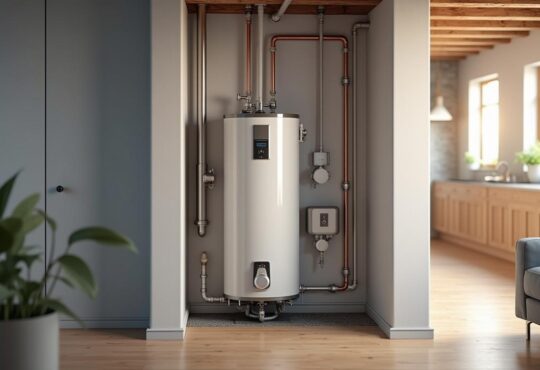
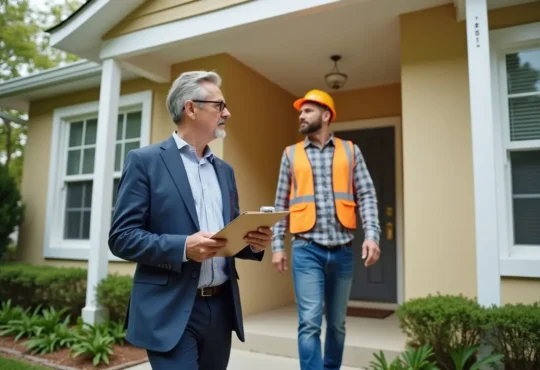
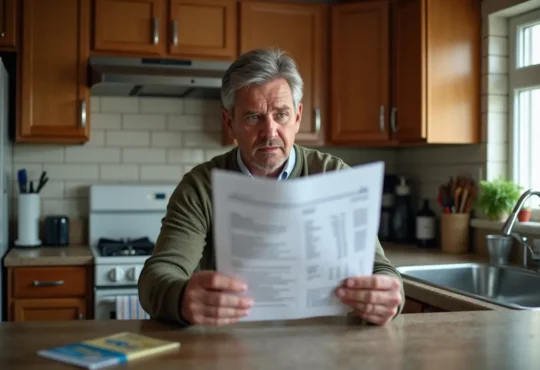
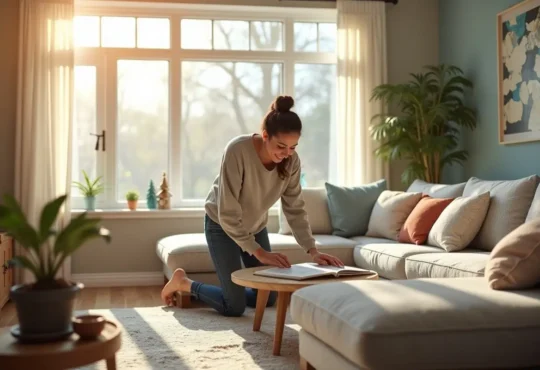
 Hi I'm Joe.
Hi I'm Joe. 